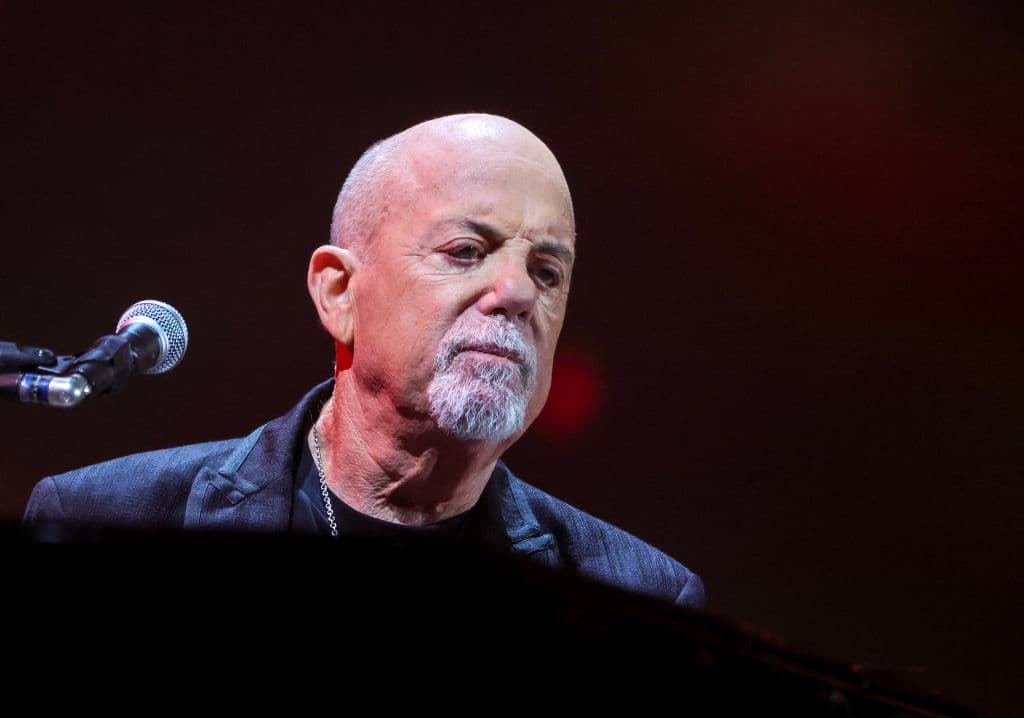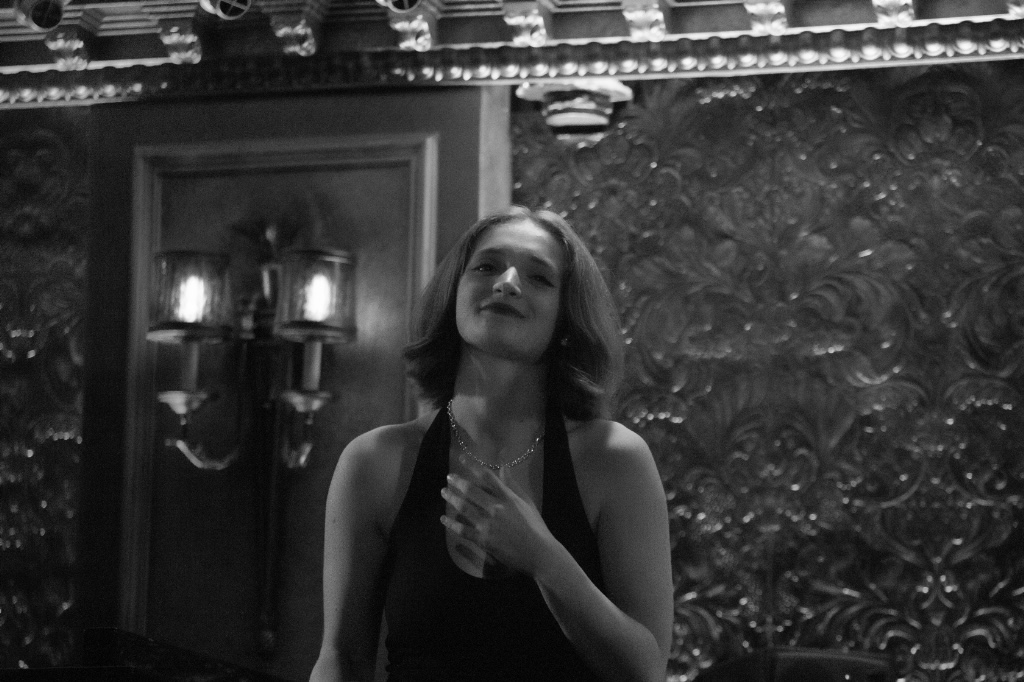Despite Health Problems, Billy Joel Is Having a Moment
In addition to a documentary of the musician, this season has seen both an excellent double CD of new interpretations of Joel classics and a songbook ‘concert’ show at 54 Below.

The Broadway Ensemble
‘The Billy Joel Project’
The Yellow Sound Label
‘In Honor Billy Joel: A Concert’
54 Below
‘Billy Joel: And So It Goes’
Two-Part HBO Documentary
Available on Multiple Screening Services
It’s one of those cultural moments when all the winds of the zeitgeist seem to be blowing in the same direction — this time toward Billy Joel. In May of this year, the iconic singer-songwriter announced that he had been diagnosed with normal pressure hydrocephalus, and was canceling all concerts for the foreseeable future.
However, less than two weeks after that announcement, HBO began airing “Billy Joel: And So It Goes,” a highly comprehensive, five-hour mini-series of a documentary that covers Mr. Joel’s personal and professional lives very thoroughly.
Mr. Joel has not performed since he gave his final appearance at Madison Square Garden a year ago, as was reported in these pages, except for a concert with Sting at Indianapolis in February. However, lately there’s been a number of notable events celebrating his music.
This season has seen both an excellent double CD of new interpretations of Joel classics by the Broadway Ensemble as well as a songbook “concert” show at 54 Below.
The HBO documentary is highly recommended to anyone with the slightest interest in Billy Joel, or 1970s popular culture in general. Mr. Joel is a willing and refreshingly frank — though hardly narcissistic — guide to his own career, songs, albums, tours, marriages, and other relationships.
Still, some of the most memorable observations come from Mr. Joel’s almost exact contemporary, Bruce Springsteen; the two were born a few months apart in 1949. The latter describes both himself and Mr. Joel as “bridge and tunnel artists.” In Mr. Springsteen’s analogy, Mr. Joel’s upbringing on Long Island gives his music an orientation toward “all that Broadway and Tin Pan Alley,” and then he adds, ”I’m obviously more identified with New Jersey, so I came more out of a folk rock-and-roll background.”
I don’t think anyone would identify Asbury Park as being a nexus of folk music, but the point is well-taken. No one could dispute Mr. Springsteen’s other observation regarding Mr. Joel: “His melodies are better than mine.”
Given the medical situation, Mr. Joel is currently in a null state in terms of new performances — especially since he’s barely written any songs over the last 30 years. The combined impact of the documentary and the tribute shows and albums triggers a re-evaluation and supports the conclusion that Mr. Joel is one of the great composers of his generation.
His best songs have the edginess of Bruce Springsteen, the craft of Barry Manilow, the sparkle of Elton John, the deep emotional reserves of Tom Waits, the soul of Stevie Wonder, and, as Mr. Springsteen says, melodies better than anyone’s.
Both performances, the 54 Below show and the new album, feature casts of expert Broadway vocalists tackling classic Joel hits, and hearing those songs via a panoply of voices helps us enjoy those songs in a whole new way.
“The Billy Joel Project,” produced by Phil Geoffrey Bond, is lavishly produced — in fact, it’s largely the opposite of his “Sondheim Unplugged” albums and shows, in that there’s a full instrumental ensemble and original arrangements, though some of the numbers with just piano, like John Tracy Egan singing Mr. Joel’s classic lullaby “Goodnight My Angel,” are especially effective.
“Scenes from an Italian Restaurant,” one of Mr. Joel’s least-”covered” songs, is a special highlight here, sung by Courter Simmons. Mr. Joel himself has cited the classic Beatles mashup on side two of the “Abbey Road” album as an influence – as well as Queen’s “Bohemian Rhapsody.” But there’s also obvious considerable inspiration from the world of musical theater — there are echoes of “Fiddler on the Roof” and “Cabaret” — making it a natural for the Broadway Ensemble.
The 54 Below presentation, produced and hosted by Scott Siegel and with musical direction by John Fischer, was especially valuable for two female singers: Broadway veteran Kelly Rabke, who delivered her own memorably tender version of the “Angel” lullaby, and the talented newcomer Kendra Foster McBride.

Using only Mr. Fischer’s piano for accompaniment, the songs, which we generally know from their more polished and ambitious studio orchestrations, indeed had a stripped-down, “unplugged” kind of a feel. This was especially effective on Ms. McBride’s interpretation of “And So It Goes”; accompanying herself at the piano, she intoned it like a hymn, in the spirit of Nina Simone singing “Balm in Gilead.”
If there’s ever a Broadway bio-musical of Mr. Joel, the ideal actor to play the songwriter is Cooper Grodin, who shined on “She’s Always a Woman” and even more so on “Piano Man,” where he not only replicated Mr. Joel’s baritone but also his piano playing and even the precise tonality of his harmonica solos on the 1973 breakthrough hit “Piano Man.”
The most impressive and original re-interpretation at the show was Bob Stillman’s “The Longest Time,” retooling the 1983 song from a ’50s doo-wop pastiche into a more straightforward and direct love song, for which he invited everyone in the house to sing harmony.
Here’s hoping Messrs. Siegel and Fischer turn their Billy Joel songbook show into an ongoing series. They could even attempt to stage “Scenes from an Italian Restaurant” with multiple singers and voices, Broadway style.
Mr. Joel’s health problems aside, this is the moment his fans have been waiting for — for the longest time.
______________
Correction: Billy Joel’s most recent live performance was at Indianapolis in February. An earlier version misstated the chronology.

